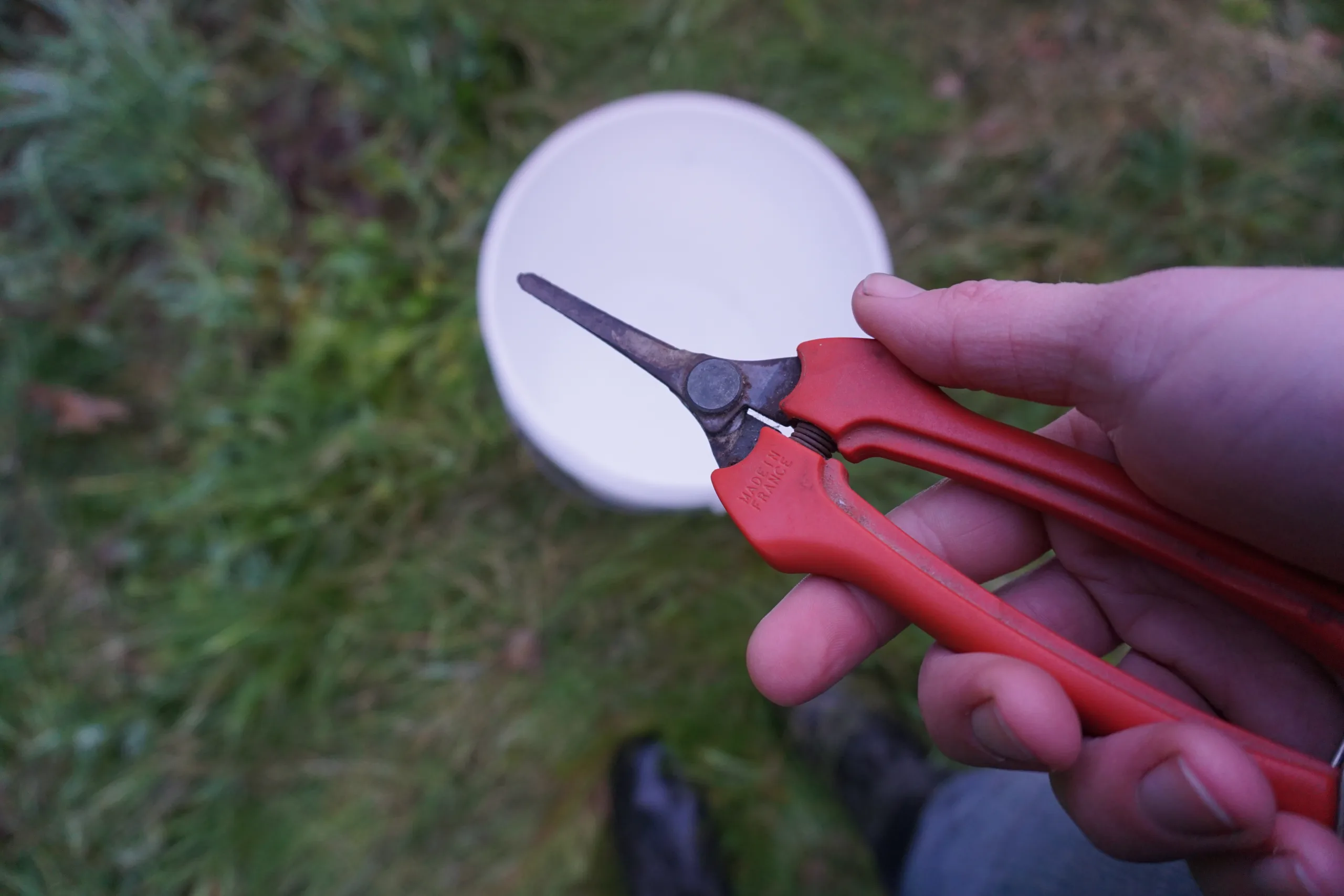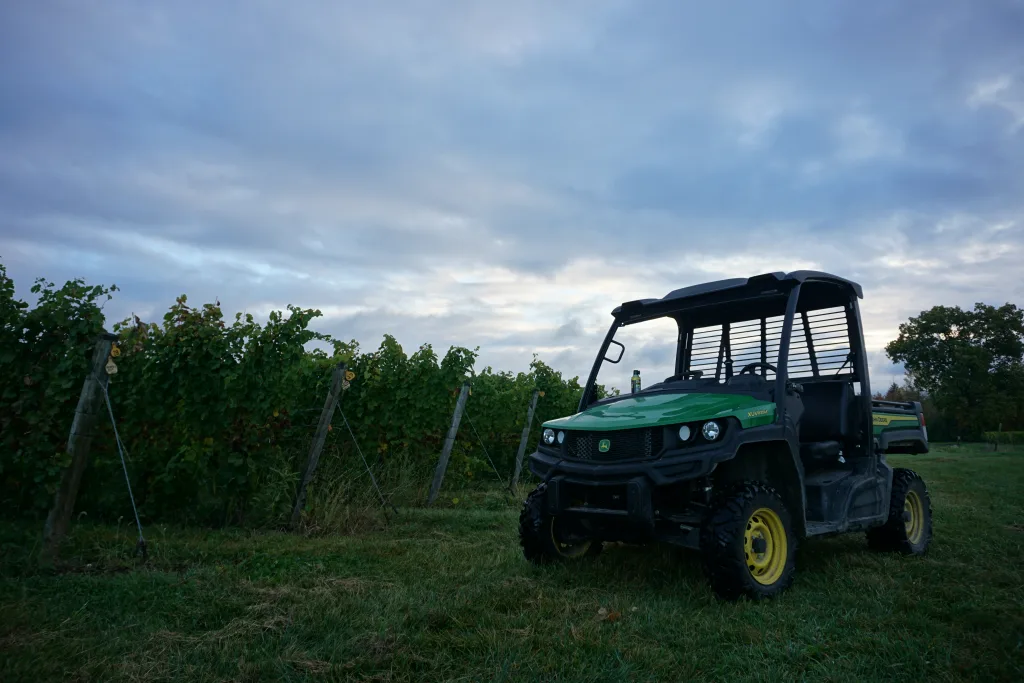
What Does A Winemaker Do In the “Slow Season” Anyway?
From the desk of Hosmer Winery’s Assistant Winemaker, Emily Grazier:
The winter is always a relaxed time at the winery. Many, if not all, of the wines have finished fermentation after harvest, and the months-long frenzy of harvest is through.
I often get asked, what comes next? What’s after harvest? So first, a quick rundown of the things Julia and I might be doing around the winery.
Inventory. Nobody’s favorite, but even small wineries have to do an inventory of all the bottles in stock. Tax season is around the corner, obviously, but inventory also helps us to plan strategically for the wines we’ll need to make and how much in the coming year.
Lab work. We check the alcohol level of every wine lot to make sure we have the correct alcohol percentage for ordering labels, and run tests to make sure the wines are heat and cold stable.
Bâttonage. Some of our wines remain on the lees – the solids that were suspended in the wine, and sink to the bottom once fermentation has finished – for months. Stirring the solids back into the wine can help create texture and richness, so we do this every few weeks.
Tasting. While this can be fun, it’s definitely still work. Julia and I will taste the wines to see how they are progressing and make sure that there is nothing faulty with the wine.
Blending trials. Many of our bottlings at Hosmer, like our Dry Riesling, are blends of several different vineyard picks. We harvest the grapes block by block, and each of these individual picks will be fermented in separate tanks. While each one is Riesling, every ferment has its own unique characteristics. The favorite may become a Limited Release, and others will be selected for our Naomi, Semi-Dry, and Dry Riesling wines.
Cleaning, organizing. Harvest can get chaotic! Winter is the perfect time to deep clean and organize the cellar.
Filtering. Starting in January and February, wines slated for an earlier release that are made in a brighter style (like Dry Rosé) that will not benefit from bâttonage will be racked off the lees and run through several sets of filters to ensure that the wines will be stable in the bottle.
These are some of the general tasks that you’ll find us doing throughout the winter as we wait for things to warm up and thaw out. One of the many cool things about working in a winery is the cyclical nature of the work – we get rhythm and familiarity, but it’s time to move on to the next seasonal task right when things start to feel repetitive. Winter is a good time to slow down, relax a bit, and take a breath for the busier seasons that follow. -EG

A John Deere Gator sits alongside Patrician Verona Vineyard, ready to assist with chores. Photo: Emily Grazier

